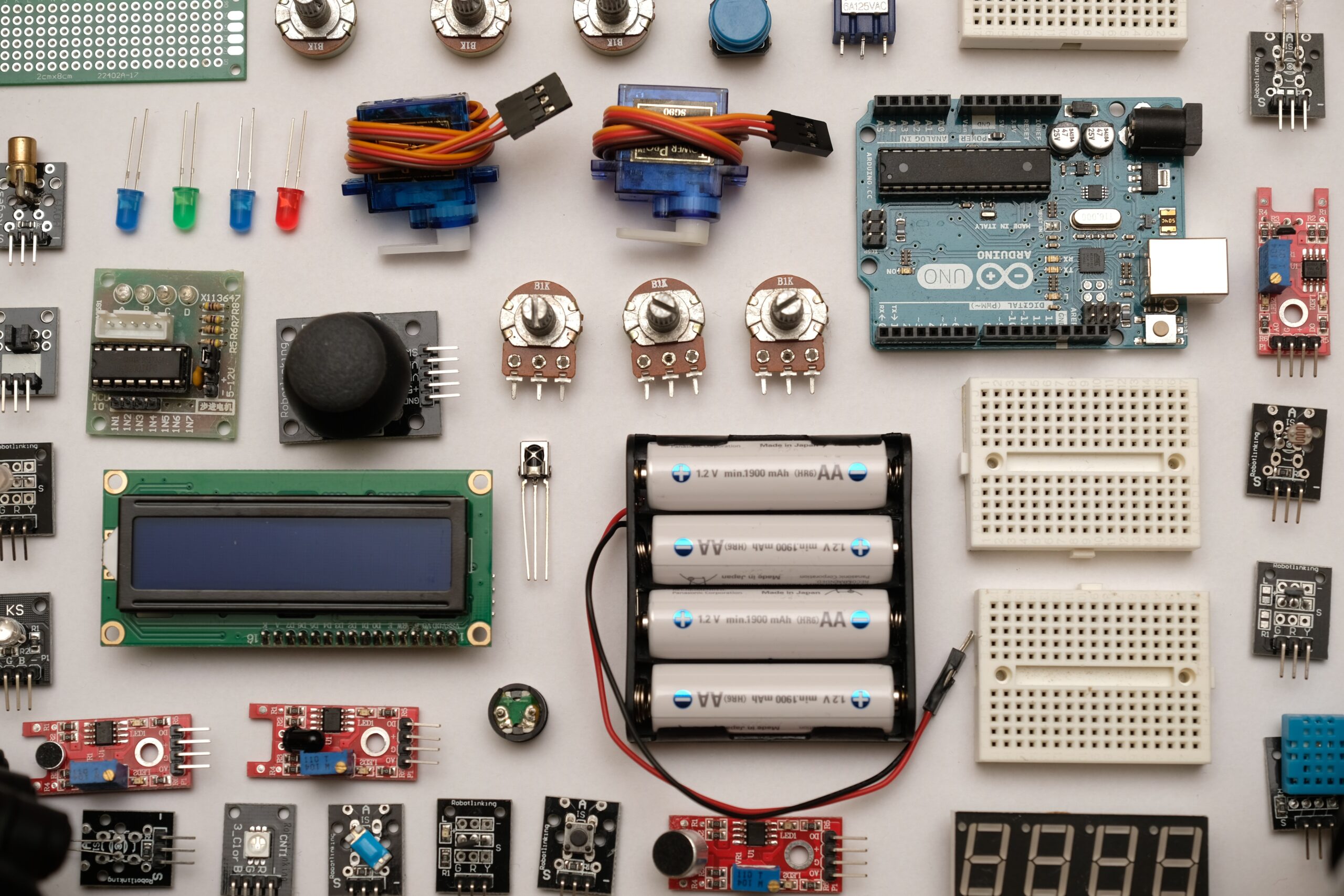The Rise of the Internet of Things
The Internet of Things (IoT) has become a buzzword in recent years, and for good reason. It refers to the network of interconnected devices that can communicate and share data with each other. From smart homes to wearable devices, the IoT is transforming the way we live and work.
With the advancement of technology, more and more devices are being connected to the internet. This connectivity allows for seamless communication and automation, leading to increased efficiency and convenience in our daily lives.
Let’s explore some of the ways in which the Internet of Things is transforming our world.
Smart Homes and Connected Devices
One of the most visible impacts of the IoT is in our homes. Smart devices, such as thermostats, lights, and security systems, can be controlled remotely through apps on our smartphones or voice-activated assistants like Amazon Echo or Google Home.
This level of connectivity and automation not only enhances our comfort but also improves energy efficiency. For example, smart thermostats can learn our preferences and adjust the temperature accordingly, leading to significant energy savings.
Furthermore, connected devices enable us to monitor and control our homes even when we are away. We can check security cameras, lock doors, and receive notifications if any unusual activity is detected.
The IoT is revolutionizing the way we interact with our homes, making them safer, more energy-efficient, and ultimately, more convenient.
Healthcare and Wearable Devices
Another area where the IoT is making a significant impact is in healthcare. Wearable devices, such as fitness trackers and smartwatches, are becoming increasingly popular as they allow us to monitor our health and track our fitness goals.
These devices can collect data on our heart rate, sleep patterns, and exercise habits. This information can be shared with healthcare professionals, allowing for more personalized and proactive care.
Moreover, the IoT enables remote patient monitoring, particularly useful for individuals with chronic conditions or the elderly. Connected devices can transmit vital signs and other health data to healthcare providers, reducing the need for frequent hospital visits.
By harnessing the power of the IoT, healthcare is becoming more accessible, efficient, and patient-centric.
Transportation and Smart Cities
The IoT is also transforming the way we commute and navigate our cities. Connected vehicles can communicate with each other and with traffic infrastructure, reducing congestion and improving road safety.
For example, smart traffic lights can adjust their timing based on real-time traffic conditions, optimizing the flow of vehicles and reducing traffic jams. Connected cars can receive alerts about accidents or road hazards, helping drivers make safer and more informed decisions.
Furthermore, the concept of smart cities is gaining traction. By integrating IoT technologies into urban infrastructure, cities can become more sustainable and efficient. Smart streetlights can adjust their brightness based on the presence of pedestrians, reducing energy consumption. Waste management systems can optimize garbage collection routes, reducing costs and environmental impact.
The IoT is revolutionizing transportation and urban planning, making our cities smarter and more livable.
Industrial Applications and Efficiency
The impact of the IoT is not limited to our homes and personal lives. In industries such as manufacturing, agriculture, and logistics, connected devices are revolutionizing operations and increasing efficiency.
Through sensors and data analytics, businesses can monitor and optimize their processes in real-time. For example, in manufacturing, connected machines can detect faults and schedule maintenance before breakdowns occur, minimizing downtime and improving productivity.
In agriculture, IoT-enabled sensors can monitor soil moisture levels, weather conditions, and crop health, allowing farmers to make data-driven decisions and optimize their yields.
Furthermore, in logistics, connected devices can track shipments in real-time, providing accurate and up-to-date information on their location and condition. This not only improves efficiency but also enhances customer satisfaction.
The IoT is transforming industries by enabling automation, predictive maintenance, and data-driven decision-making.
The Future of the Internet of Things
The Internet of Things is still in its early stages, and its potential is vast. As technology continues to advance, we can expect even more innovative applications and transformative impacts.
However, with this increased connectivity comes the need for robust security measures. As more devices become connected, the risk of cyber-attacks and data breaches also increases. It is crucial to prioritize cybersecurity and implement measures to protect our privacy and sensitive information.
Nevertheless, the Internet of Things holds immense promise for improving our lives, enhancing sustainability, and driving economic growth. It is an exciting time to witness and be a part of this technological revolution.
Conclusion
The Internet of Things is revolutionizing our world in numerous ways, from smart homes to connected healthcare and smart cities. With increased connectivity and automation, we are experiencing greater convenience, efficiency, and sustainability.
As the IoT continues to evolve, it is essential to address security concerns and ensure that the benefits of this technology are accessible to all. The future of the Internet of Things is bright, and it has the potential to transform our lives for the better.

